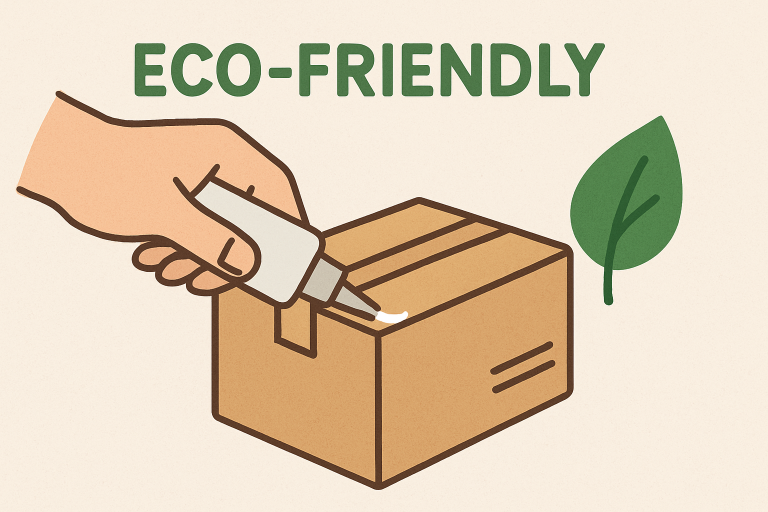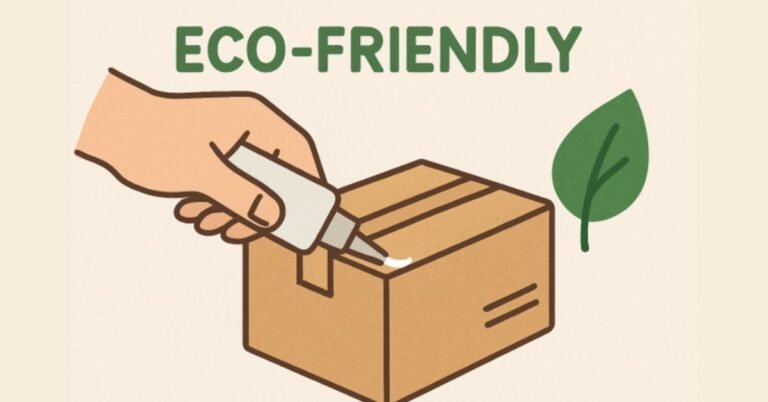Introduction to Adhesives in Packaging
Modern packaging would not be possible without the evolution of adhesives, which provide the essential bond that holds everything from food containers to e-commerce parcels together. Far beyond simple glues, adhesives are integral to performance, appearance, and safety, making them a strategic element in packaging innovation. Today’s manufacturers rely on specialized adhesives to ensure that products remain intact during transport and storage, while also considering the environmental impact and consumer convenience.
Companies like NXT Level Packaging are at the forefront of packaging advancements, partnering with brands to integrate next-generation adhesives into modern packaging lines. This evolution in bonding technologies not only addresses the technical needs of packaging design but also aligns with growing market demands for sustainability and increased recyclability.
Types of Adhesives Used in Packaging
Several types of adhesives cater to the diverse needs of packaging, each engineered for distinct material compatibility, application method, and end-use requirements:
- Hot-Melt Adhesives: These adhesives are applied in a liquid state and solidify almost instantly upon cooling. Hot-melt adhesives are prized for their fast-setting properties and high bond strength, making them ideal for high-speed packaging lines and automated environments.
- Pressure-Sensitive Adhesives (PSAs): Always slightly tacky at room temperature, PSAs form bonds with light pressure. They are widely used in labels, tapes, and resealable packaging due to their ease of application and removal.
- Water-Based Adhesives: Utilizing water as a carrier, these adhesives offer an eco-friendly option, particularly suited for paper-based or porous materials. Their low toxicity and ease of cleanup make them a go-to choice for food packaging and sustainable applications.
Innovations in Adhesive Technology
The drive for improved performance and greener solutions has led to a wave of innovations in adhesive science. One standout development is the creation of bio-based hot-melt adhesives derived from renewable resources and industrial byproducts. These alternatives not only rival the strength of traditional adhesives but also significantly lower the carbon footprint of packaging production. Scientists are continually developing novel formulations to achieve better adhesion, shorter curing times, and greater adaptability to new packaging materials. For more insight into the advancements of bio-based adhesives, explore this detailed overview from Phys.org.
In parallel, pressure-sensitive adhesives have evolved to eliminate the need for hazardous solvents. Solventless PSAs offer safer handling, reduced emissions, and less energy use, making them an excellent choice for manufacturers prioritizing eco-friendly operations.

Environmental Considerations
Sustainability is driving change in every aspect of modern packaging, especially in adhesive selection. The industry has responded with adhesive technologies that minimize environmental impact throughout their lifecycle. Bio-based, water-based, and solventless formulations are only the beginning. For example, researchers are taking cues from natural substances to develop adhesives that biodegrade or can be easily separated from packaging materials during recycling. This shift not only supports greener supply chains but also meets the growing expectations of consumers and regulators. Extensive research on sustainable adhesive systems is highlighted by ScienceDaily.
According to The New York Times, leading packaging companies are also adopting circular economy models, implementing adhesive solutions that enable efficient material recovery and reuse.
Challenges in Adhesive Application
Despite significant advancements, practical challenges persist in consistently and effectively applying adhesives in packaging settings. Factors such as substrate variability, temperature fluctuations, and humidity fluctuations, as well as regulatory standards, all impact adhesive performance. Maintaining precise application to avoid excess waste or insufficient bonding requires advanced equipment and expertise.
To address these complexities, the industry is turning towards automation, smarter dispensing systems, and robust quality control protocols. Solventless technologies, for instance, not only reduce environmental risks but also improve workplace safety by eliminating volatile organic compounds. This transition enhances operational reliability and supports compliance with increasingly strict environmental legislation.
Future Trends in Packaging Adhesives
Looking forward, the future of packaging adhesives centers around smarter, safer, and more sustainable solutions. There’s a growing emphasis on developing adhesives that allow for easy removal or full degradation, making the recycling process far simpler and cleaner. The integration of digital tracking in adhesive application is also on the rise, supporting traceability and real-time quality management across supply chains. Manufacturers and developers are also investing in formulations that perform well with a broad range of recyclable and compostable substrates, further closing the sustainability loop.
As e-commerce and global logistics continue to expand, the demand for packaging solutions that strike a balance between performance, safety, and environmental stewardship will intensify. The role of adhesives in achieving this delicate balance will be more critical than ever, driving ongoing research and collaboration across industries.
Conclusion
Adhesives anchor the progress and innovation happening in modern packaging. From ensuring product integrity to supporting eco-friendly initiatives, their influence stretches across the lifecycle of packaged goods. As new challenges and opportunities emerge, forward-thinking manufacturers and solution providers will push the boundaries of adhesive science, delivering materials that meet the needs of today’s world while paving the way for a more sustainable tomorrow.

